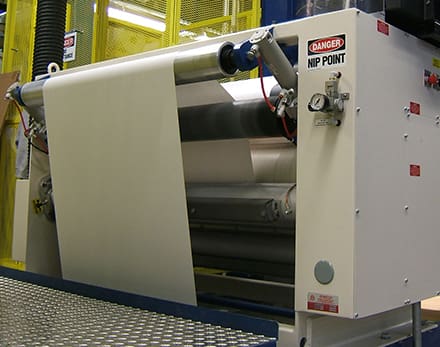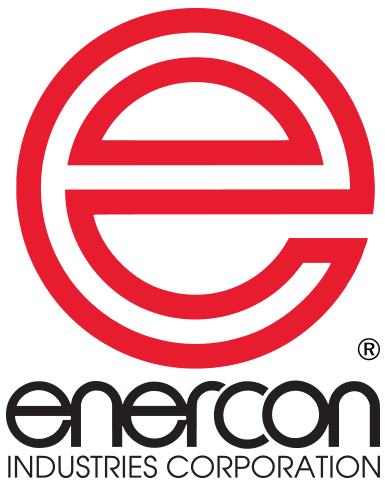Custom Coating Specialist Thrives with Diverse Use of Surface Treaters
“We’ve been incorporating things we’ve learned about coating in the last 20 years and building specialized lines for our specific processes,” says Chris Stogbauer, director of engineering for Wausau Coated Products.
Wausau Coated Products expertly serves small through large companies requiring non-commodity, specialty pressure-sensitive substrates and label materials. Stogbauer and his team tailor its machinery to specific needs, putting together the production lines in-house by combining purchased and self-manufactured equipment.
Custom-coating solutions include toll and top coating, and pattern coatings which can be specially designed to meet specific applications and end-use needs.
Profits tied to treating
One of the most important components Wausau builds into its converting lines is corona treating. Its livelihood and profitability are tied to the performance of the corona treaters; so, when these systems started breaking down and causing problems, Stogbauer knew something had to be done fast.
“We were having a lot of problems with our old treater. Numerous times I was in the plant at 2 a.m. trying to troubleshoot and remedy problems we were having with the treaters,” says Stogbauer.
At one point, the problems with the treaters were costing the company 12 hours of downtime daily. In addition to performance issues, Wausau was also frustrated by the lack of technical support it was receiving and decided to seek out a new supplier.
Wausau chose to partner with Enercon for its surface treating expertise and high level of customer support.
Coating and Treating Boosts Capacity
The most recent Enercon installation features Wausau’s first two-sided Universal roll treater. The treater contains a special coated roll which, in combination with Enercon’s high efficiency, rectangular ceramic electrodes, provides consistently high treatment levels.
The system treats any web including plastic, foil, metallized film or paper. A patented air-flow design yields enhanced treatment levels and creates unique ozone-removal capabilities for a safer work area.
The treaters also feature Enercon’s Compak™ 2000 power supplies—one for each electrode assembly. It self-checks all interlocks for safe startup, retains setpoint in non-volatile memory, and an input isolation transformer is not required. Having two power supplies also creates a nice backup in the event that one of the power supplies should have a problem. Operators can continue to treat jobs that require single-sided treatment.
The two-sided treater was placed before the coating station and a second single-sided treater was placed after the non-contact drying system. “The treaters were added to improve productivity and boost capacity by consolidating the treating and coating operations into a single line,” Stogbauer explains. The ability to treat two sides also adds value for customers who require treatment on both sides for additional converting, he adds. On this particular line, the coater and treaters process release liners, labelstock or a combination of both.
On-Track Treater
Enercon’s corona-treating systems were also able to adapt to a previous setup Wausau engineered. The converter needed to add a corona treater to one of its coating lines several years ago; however, space on the line was tight and it didn’t need the corona treater for every job. Stogbauer and his team determined that the best place for the treater was in the line operators’ walk-over area above the coating line. So, they constructed a track that allowed the entire corona treater to be slid into place when needed and back out when not in use.
“Fresh” Treat
Wausau also installed an Enercon treater on one of its slitting stations for customers needing even higher dyne levels. Again, space issues came into play and Stogbauer and crew needed to place the treater vertically. They created a mezzanine structure above the slitter and installed the treater there.
“There’s something to be said for a fresh treat,” Stogbauer explains. “Dyne level does not always guarantee adhesion. Dyne level is simply a measurement of wetting-out. We’ve seen materials with equal dyne levels, one freshly treated and one from inventory and the freshly treated material consistently provides the better adhesion.”
Ideally, Wausau’s customer would have its own corona-treatment capability, but that is not always the case. By installing a treater at one of its finishing stations, Wausau insures that customers have freshly-treated products with surface energy receptive to additional converting processes.
“Enercon was able to provide us with a design and application expertise that resolved the problems we were having,” Stogbauer says. “The support they have provided has been excellent. That’s why they’re our corona-treater vendor of choice.”


